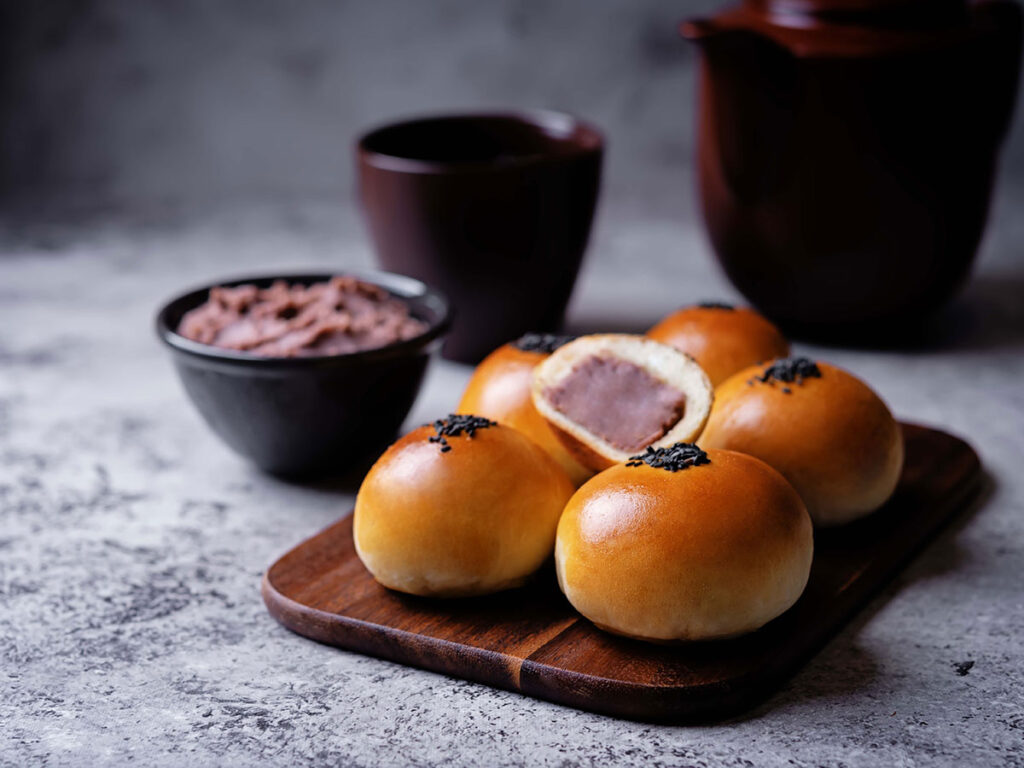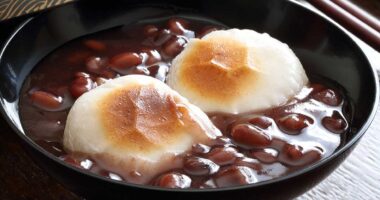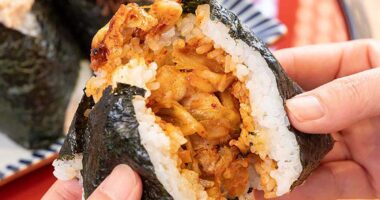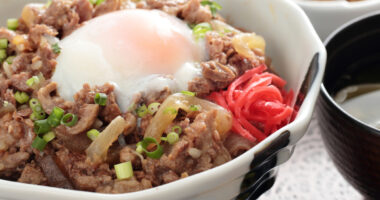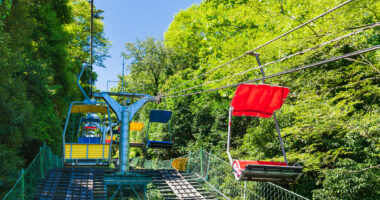Anpan is a quintessential Japanese sweet bread, featuring soft dough filled with sweet anko (red bean paste).
A portmanteau of an (bean paste) and pan (bread), it has been beloved since its creation in the Meiji era. Sold at bakeries nationwide, it comes in varieties like tsubu-an (chunky red bean paste), koshi-an (smooth red bean paste), and shiro-an (white bean paste), each offering distinct flavors and textures.
Anpan basics and history
Anpan, invented in 1874 by Tokyo baker Yasubei Kimura, is a Japanese-original sweet bread. Blending Western bread culture with traditional Japanese confectionery techniques, it quickly gained popularity as an innovative treat.
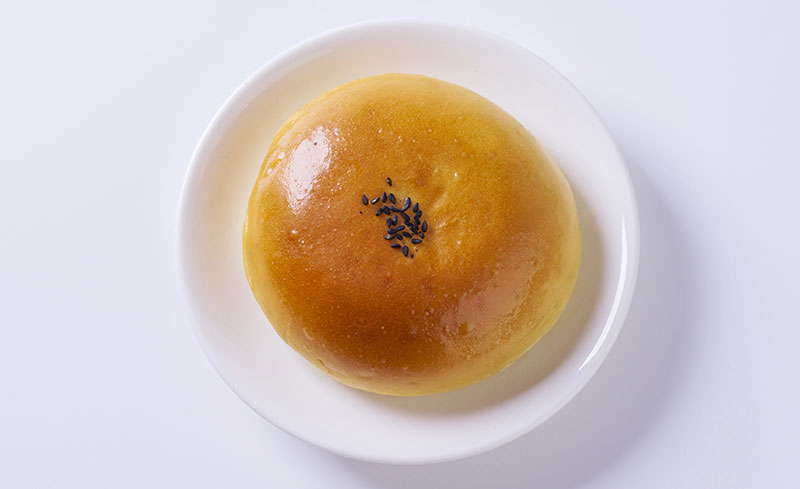
Anpan (photo for illustrative purposes)
Anpan’s origin and dedication to Emperor Meiji
On April 4, 1875, Yasubei Kimura presented anpan to Emperor Meiji, marking a historic milestone. This date is now celebrated as “Anpan Day,” commemorating its imperial recognition. Kimura’s bakery, Kimuraya Sohonten, still operates in Ginza, cherished as the home of original anpan.
For the emperor, a special sakura anpan (cherry blossom anpan) was crafted with cherry petals mixed into the anko, reflecting Japan’s seasonal culture. Today, sakura anpan remains a popular springtime offering at many bakeries.
Cultural significance of blending wagashi and bread
Anpan’s creation was a groundbreaking fusion of Western and Japanese culinary traditions. Combining wagashi’s (Japanese sweets) anko with Western bread created a new food culture tailored to Japanese tastes.
For a deeper dive into Japanese snacks, see this related article.
Anpan varieties and anko characteristics
Anpan varies by anko type, offering diverse flavors and textures. From classic to regional specialties, there’s a wide range to explore.
Basic anko types and flavor profiles
Tsubu-an retains bean texture, delivering robust azuki bean flavor and is the most common anpan filling. Hokkaido adzuki beans, known for high quality, enhance sweetness and aroma. Koshi-an, a smooth red bean paste, offers refined sweetness and a silky texture.
Shiro-an, made from white kidney beans, is lighter and less sweet, complementing the bread’s flavor.
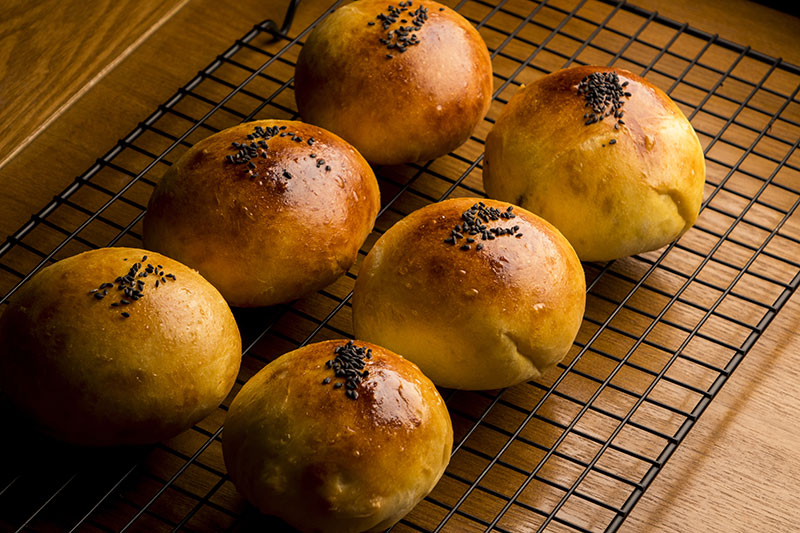
Anpan (photo for illustrative purposes)
Specialty anko in artisanal anpan
Beyond traditional anko, modern anpan features creative fillings. Chestnut, matcha (green tea), sesame, and sweet potato anko reflect seasonal or regional flair. These provide unique flavors and vibrant colors, distinct from classic anpan.
Zunda (sweet edamame paste) anko, with its gentle sweetness and green hue, is a spring favorite. Regional specialty anpan, using local ingredients, are popular souvenirs.
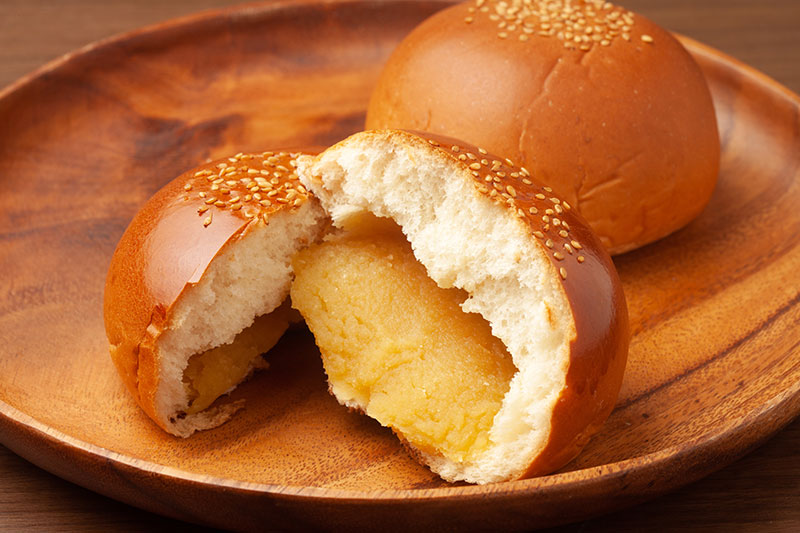
Anpan (photo for illustrative purposes)
Anpan production and type-specific features
Anpan is made using methods like sakadane (sake-based fermentation) or standard yeast, each yielding distinct traits. Size and shape variations cater to different preferences and uses.
Sakadane anpan features and production
Sakadane anpan (sake-fermented anpan), uses a sake-based starter for fermentation, offering a unique flavor and texture compared to yeast-based anpan. Developed by Kimuraya Sohonten, this method imparts a subtle sake aroma and rich depth. The lengthy fermentation process creates a soft, lasting texture and enhances anko compatibility, evoking wagashi’s elegance.
Thin-crust anpan features
Thin-crust anpan, with minimal dough and generous anko, emphasizes the filling’s flavor. Its thin dough delivers anko’s taste directly, resembling wagashi.
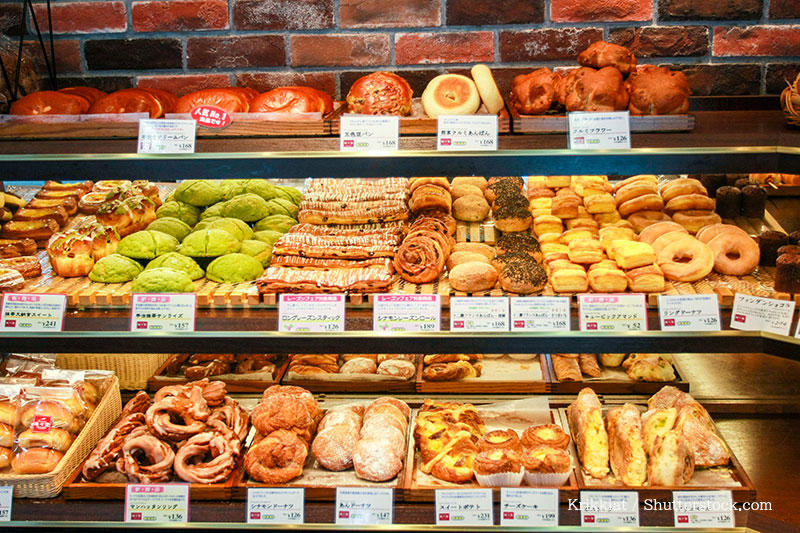
A selection of baked goods including thin-crust anpan (photo for illustrative purposes)
Poppy seed topping’s role and effect
Many anpan feature black poppy seeds on top, adding visual appeal and nutty flavor. Poppy seeds enhance aroma and add textural contrast, becoming an iconic anpan trait. Some use white or black sesame seeds for varied flavor and appearance, enriching the overall experience.
Choosing the best anpan
Selecting anpan involves considering anko type, production method, size, and purchase location to match your preferences and purpose.
Anko-based selection tips
Beginners should try tsubu-an anpan for its authentic azuki bean flavor and texture. Those preferring less sweetness and more elegance can opt for koshi-an or shiro-an. For novelty, try zunda or chestnut anpan. Seasonal choices like sakura anpan in spring or chestnut anpan in autumn enhance the experience, while regional varieties make memorable souvenirs.
Purchase location and quality
Anpan quality varies by vendor. Artisanal bakeries offer high-quality, traditional anpan, while convenience stores provide affordable, diverse options. Department stores and bakeries balance quality and variety.
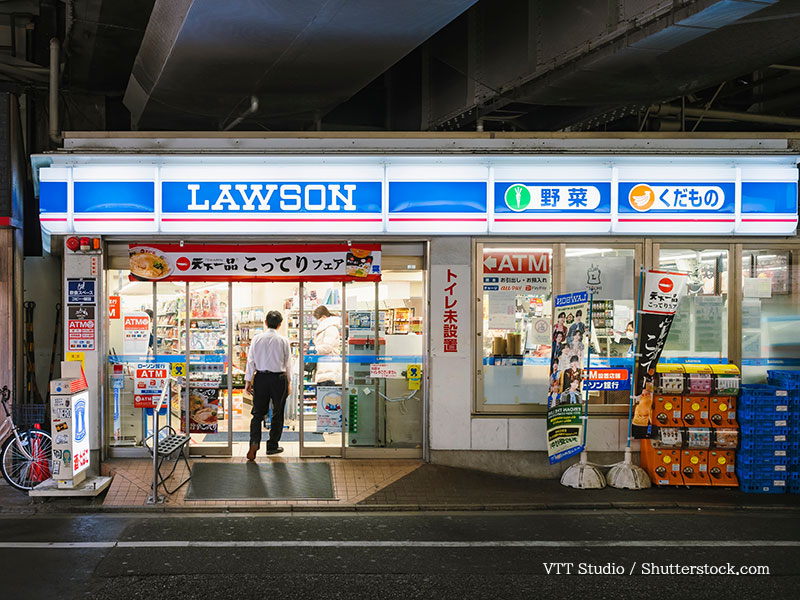
Japanese convenience store (photo for illustrative purposes)
For quality, choose artisanal shops using premium ingredients. For convenience, opt for widely available convenience store anpan. Reviews or rankings can guide you to popular choices.

A Japanese bakery (photo for illustrative purposes)
Calorie and nutrition considerations
Anpan typically ranges from 100–300 calories, varying by size and anko type. Dieters can choose thin-crust or shiro-an anpan for lower calories with satisfying flavor. Azuki beans offer fiber and polyphenols, adding health benefits.
Check nutrition labels for sugar and fat content. For breakfast, select carbohydrate-rich anpan for energy; for snacks, choose lighter options.
Summary
Anpan, born in the Meiji era, is a beloved Japanese sweet bread blending wagashi and Western bread traditions. Varieties like tsubu-an, koshi-an, shiro-an, and zunda offer diverse flavors and textures.
Choose anpan based on anko type, production method, size, and vendor to suit your taste and purpose. Artisanal shops provide premium quality, while convenience stores offer variety.
When visiting Japan, try anpan to experience a slice of its culinary culture.
